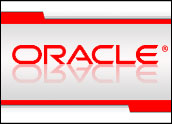
It pays to advertise, right? Not necessarily, as Oracle found out when it tangled with IBM recently over advertisements in which Oracle claimed its servers were faster and much less expensive than IBM hardware.
Unlike Oracle’s ongoing Java copyright and patent infringement suit against Google, which has been grabbing a lot of headlines in the past couple of weeks, Big Blue didn’t spend big bucks to take on Oracle in court.
In the former case, Oracle has scored a partial victory so far; after a week of deliberations, the jury found Google had indeed used copyrighted Java technology in Android, but the jurors could not agree on whether it constituted fair use. The Oracle v. Google trial has since entered the patent phase.
Par for the Course
Oracle’s latest tussle with IBM, after decades of disputes between the two high-tech titans, is also noteworthy for the fact that it was fairly straightforward, and Big Blue didn’t have to spend big dollars to take on Oracle — at least, not this time.
Instead, the National Advertising Division (NAD) took Oracle to task for publishing misleading ads in The Wall Street Journal and The Economist, claiming Oracle’s T4-4 server is 2x faster and 66 percent cheaper than IBM’s comparable P795 server.
NAD recommended that Oracle discontinue “certain comparative performance and pricing claims” in the national newspaper ads and on the Oracle website.
Specifically, NAD took exception to the claim in Oracle advertisements that “Oracle’s SPARC SuperCluster T4-4 system retails for $1.2 million whereas IBM’s P795 high end server costs $4.5 million — an improbable $3.3 million price discrepancy.
NAD functions as an objective and impartial self-regulatory forum for the advertising industry. In its official determination, it took pains to remain objective, noting that both the advertiser (Oracle) and the challenger (IBM) produced high-quality computer systems.
It’s par for the course for all vendors to claim that their products are bigger, better, faster and cheaper than competitors’ offerings. What sparked the investigation, NAD said, was whether Oracle’s “superior comparative performance and pricing claims conveyed a truthful, accurate and non-misleading message regarding the performance and price of the Oracle SPARC SuperCluser T4-4 compared to the featured IBM computer system.”
It recommended that Oracle discontinue making the comparative price and performance claims against IBM.
Specifically, NAD recommended that Oracle expressly inform consumers in the main body of its advertisements that IBM’s package included a separate storage unit.
NAD also concluded that Oracle’s superior performance claims were “not supported by the advertiser’s evidence and could not be cured by the disclosure at the advertiser’s website.” NAD specifically recommended that Oracle “permanently discontinue” claiming that “the SPARC SuperCluster T4-4 runs Oracle and Java twice as fast as IBM’s fastest computer.”
Additionally, NAD advised that in order to “avoid consumer confusion regarding price comparisons for the Oracle SSC T4-4 and the IBM Power 795, that Oracle disclose the following information:
- the specific model and configuration of the IBM Power 795
- the specific storage unit included in the price comparison
- the assumed prices for both units
In its own advertiser’s statement, Oracle disagreed with “certain of NAD’s findings.”It nevertheless wished “to inform the NAD that the advertisement at issue in this proceeding has been discontinued and Oracle does not intend to disseminate it in that form in the future … .”
What It All Means: Caveat Emptor
Although NAD’s current Oracle vs. IBM inquiry seems settled for now, customers haven’t seen the last of confusing, misleading, hyperbole-filled vendor ads touting the superior price/performance of a particular high-technology maker’s product over rival wares.
The rivalries among all competitors — from Apple to Zynga and everyone in between, like Oracle and IBM — will only intensify as vendors fight to retain their existing customers and expand into new and more lucrative product markets. Users should read the fine print and not accept any vendor’s claims at face value.
The continuing economic crunch puts users in a position of power and potentially provides lots of leverage to negotiate better deals. This assumes, though, that businesses are willing to flex their muscles and fight for better deals.
Vendors, when pressed, are often willing to offer many types of incentives to upsell an existing account or secure a new customer win. Vendors use a variety of lures, ranging from deeper discounts and better licensing terms and conditions to extras that may include items like free or discounted training, technical service and support, price caps — or even some free products or inclusion in select alpha or beta test programs.
The moral of NAD’s investigation into Oracle’s price/performance claim against rival IBM is caveat emptor — Latin for “buyer beware.”
To reiterate, there are good deals to be had, but the overwhelming majority of organizations must fight for them. That means wading through the vendor hype, performing due diligence, and conducting an apples-to-apples comparison of the specific features, functions and capabilities of their intended infrastructure purchases, including servers, desktops, storage, virtualization and cloud.
All businesses — from SMBs to the largest enterprises — should also do a thorough review of the terms and conditions of their current licensing agreements. Organizations should perform their own price/performance comparisons and challenge vendors to back up their claims.
In order to get the best deals, businesses should take the following steps:
is in compliance with its current licensing Ts&Cs.
Familiarize yourself with the standard list prices and discounted street pricing of all computer equipment. This will make it difficult (although not impossible) for a less than reputable sales person to oversell an item that could cost your firm thousands or millions. If you’re not convinced that your reseller or sales account representative is giving you a decent deal, don’t hesitate to ask to speak to a superior. If you’re still not satisfied, you can always walk away. Chances are good the vendor will be back.
Construct an itemized list of everything that’s included in the Total Cost of Acquisition (TCA). It’s crucial to perform a head-to-head comparison of everything that’s included in the purchase price — from the actual hardware to the service, support and maintenance contracts, so your firm won’t be duped by misleading ads and get a nasty surprise when presented with the bill. Organizations should also involve all pertinent parties in purchasing decisions, including chief executive officers (CEOs), chief technology officers (CTOs), VPs of IT, IT managers and network administrators.
Finally, if something looks too good to be true, it probably is. Or if a vendor claims to be undercutting the competition by a vast amount — such as Oracle selling its SSC T4-4 server for more than $3 million less than IBM’s competing Power 795 Server — then it is most likely specious. As the famous showman P.T. Barnum noted, “There’s a sucker born every minute.” Don’t be one.


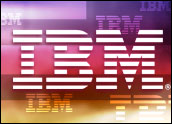
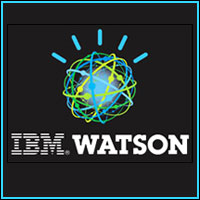
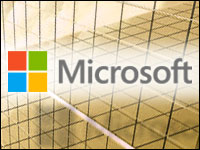
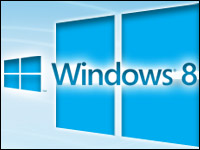
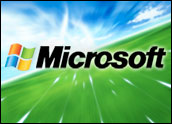
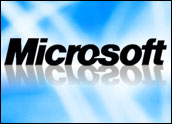

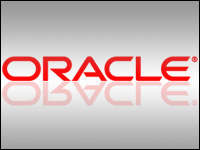


































Social Media
See all Social Media